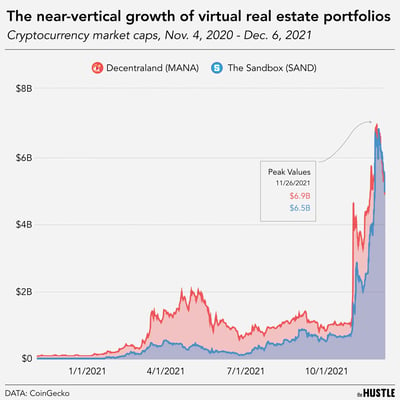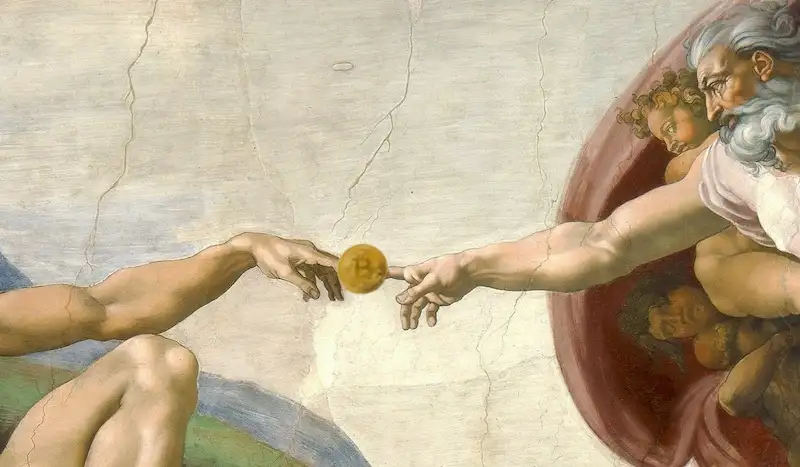
The virtual land boom, explained
“Virtual real estate” may sound like an oxymoron, but a future where pixelated land rivals Manhattan properties is close.
Published:
Updated:
Related Articles
-

-

Adam Neumann’s apartment startup is here
-
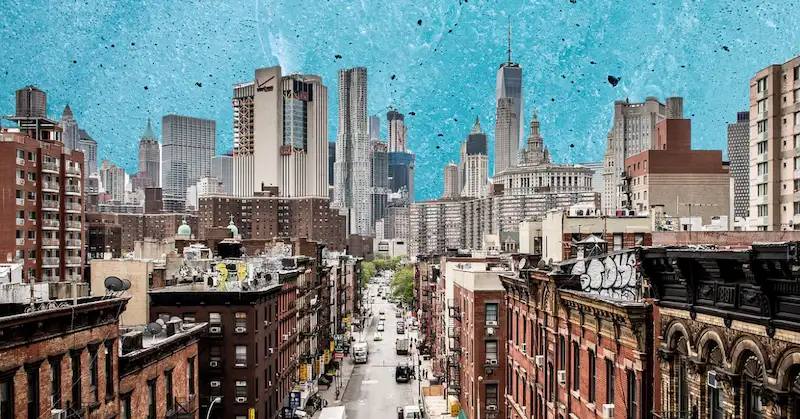
What the heck is going on with Airbnb in NYC?
-
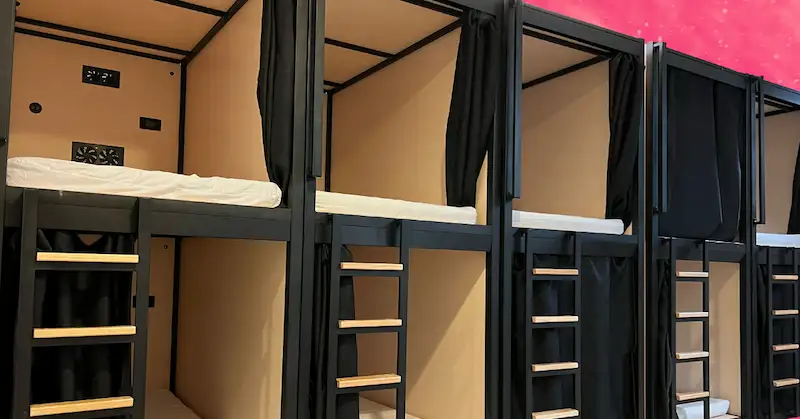
Why tech workers are sleeping in expensive boxes
-
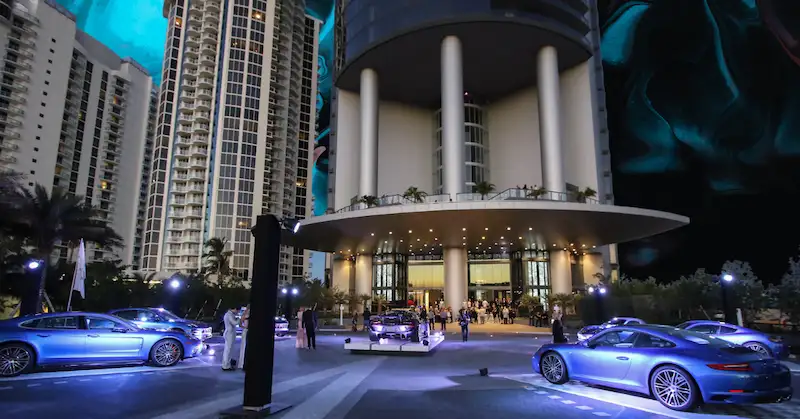
Branded residences aren’t just for hotels anymore
-
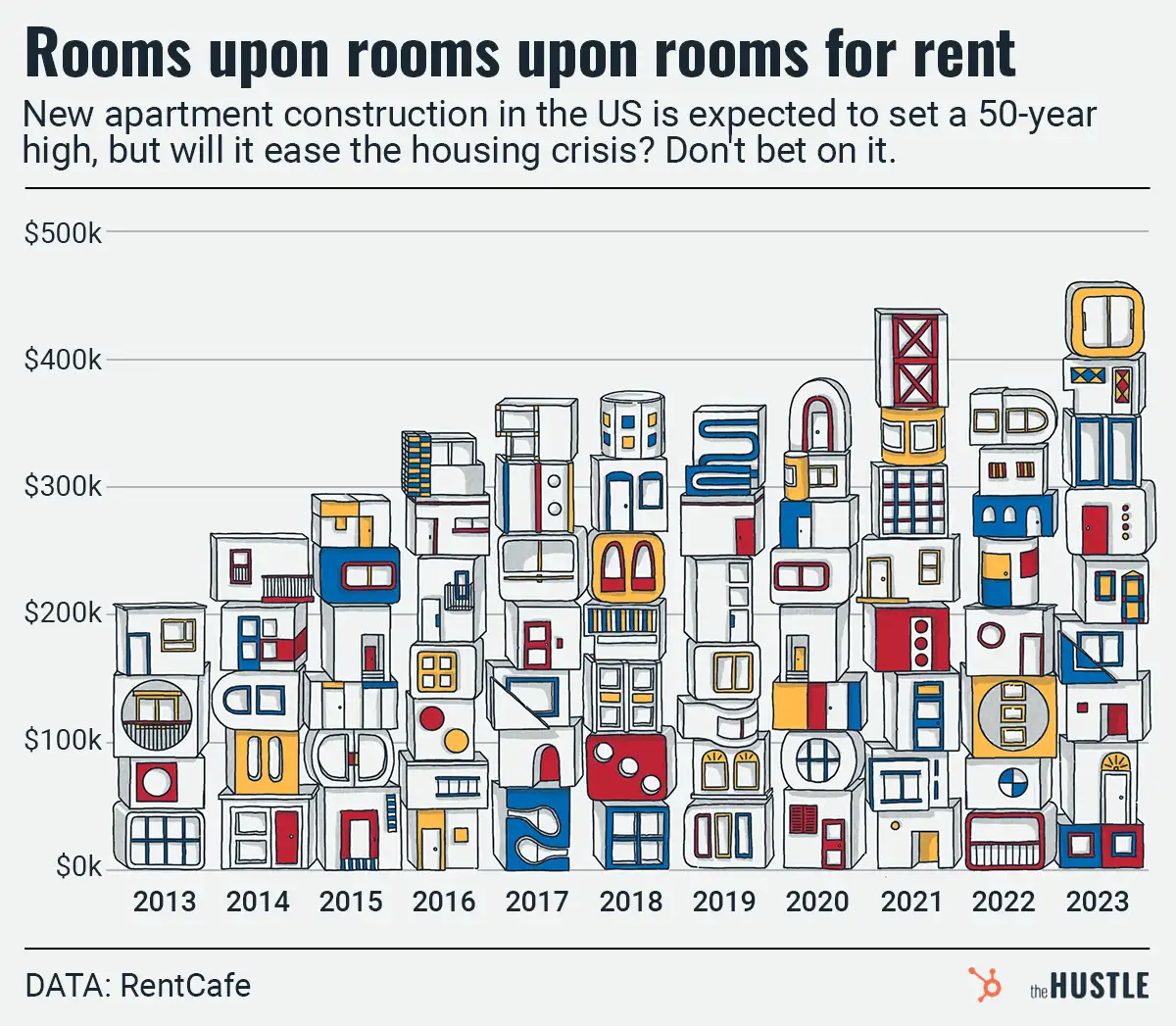
Apartments are getting built at a record clip — it’s too bad they aren’t the right kind
-
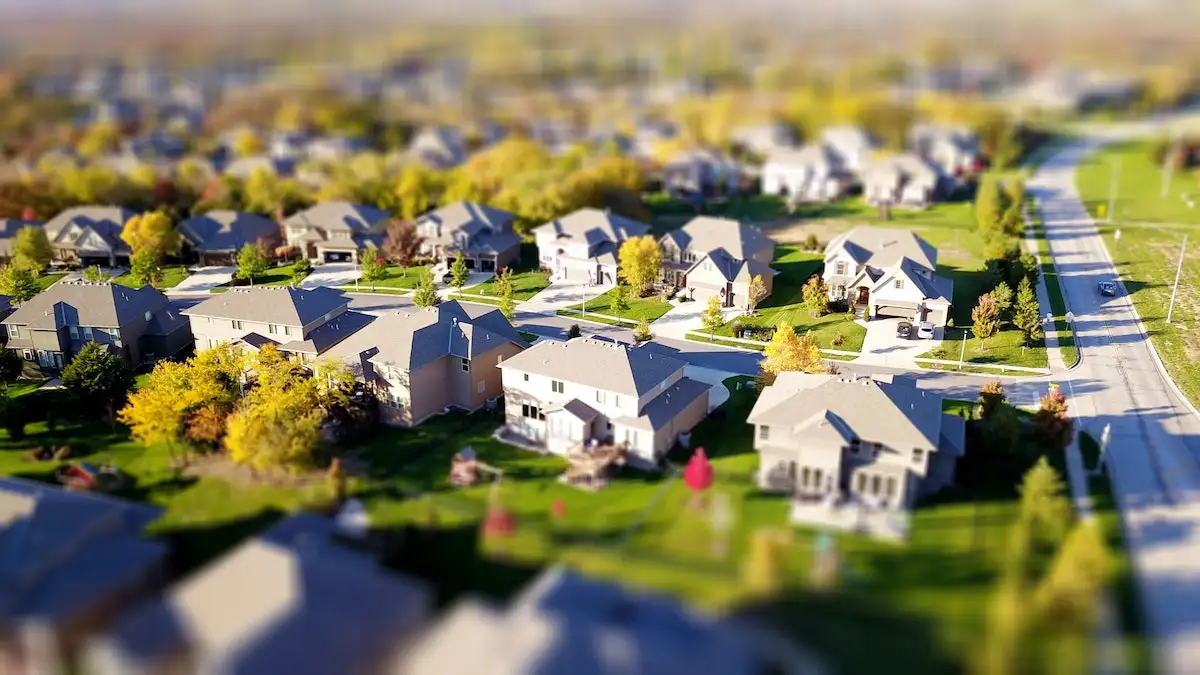
Will the Bay Area get a new city?
-
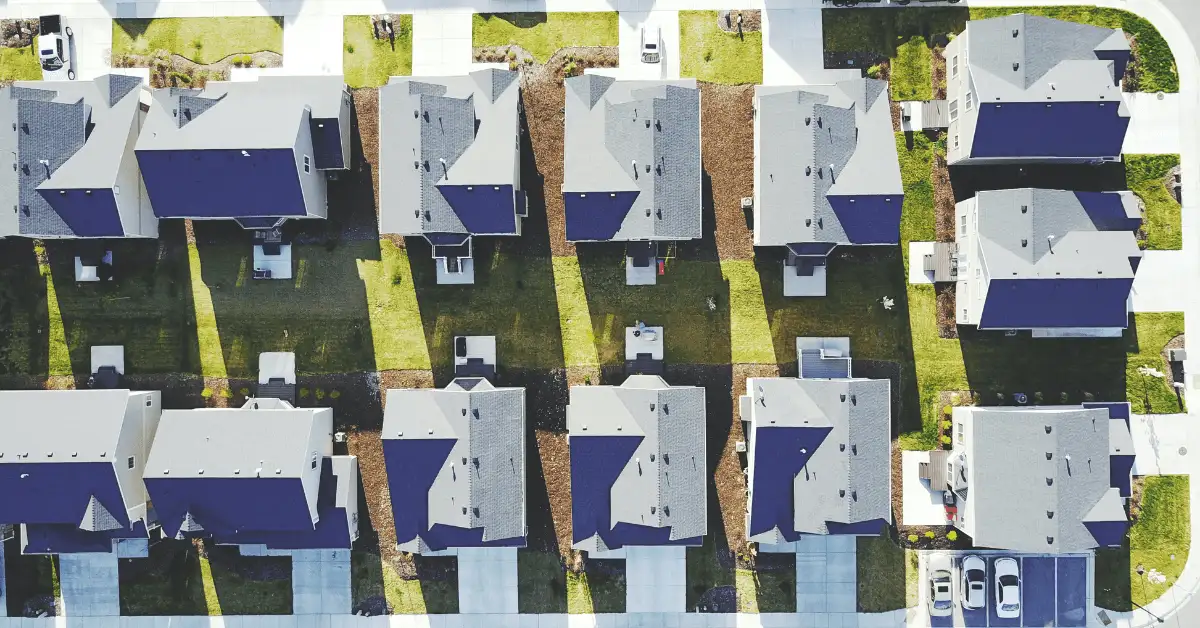
Looking for an edge in attracting talent? Give ’em a reasonable place to live
-
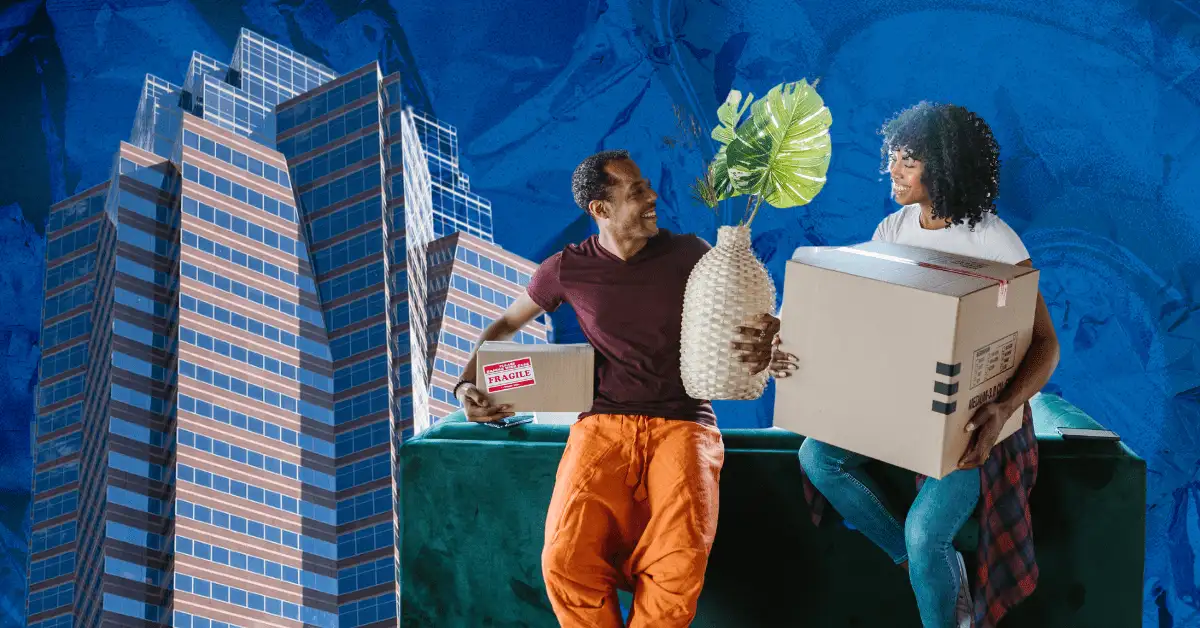
The answer to sky-high housing prices may also be sky-high
-
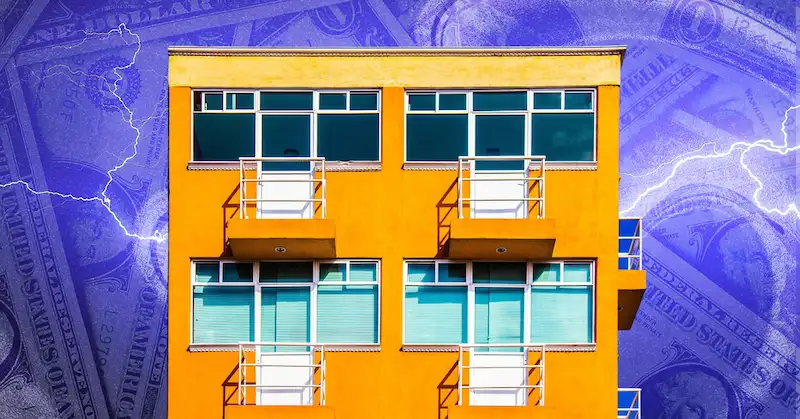
Does your apartment come with junk fees?

